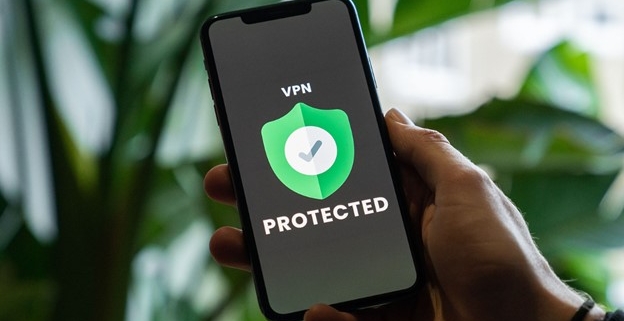Meeting the Mobility Challenge: Securing Mobile Phones
This blog post is in collaboration with SST and SymTec. Learn more about protecting your organization against digital threats by connecting with SST today.
With all the advanced capabilities of mobile devices, businesses are increasingly allowing personal phones and tablets to be used for work. What each company allows is commonly referred to as Bring Your Own Device, or a BYOD policy, which encompasses mobile phones as well as tablets, personal computers, and smart devices.
Today, smartphones (iPhones, Androids, Google Phones, etc.) are more akin to networked computers than a portable communication device, or a non-smartphone. They act as a data storage device, navigational tool, sound, and video recorder, as well as a mobile bank and social network hub. While all this increased functionality can help make our lives easier, it also makes our phones the perfect target for hackers and bad actors.
Our mobile phones are susceptible to malware, Wi-Fi spoofing, phishing scams, and physical theft, but there are steps you can take to keep your device secure.
- Lock your phone: Most mobile devices come with built-in encryption software, but this is not activated unless you engage the lock screen for your phone. Like passwords for your computer, tablets, and other devices, your phone password should be unique and as difficult for someone to guess as possible. If you lose your device or suspect that it was stolen, report the incident to your IT team immediately. Adding password protection can significantly reduce the impact on your business and personal assets.
- Keep your phone’s operating systems updated: Operating system (OS) updates for your phone help keep all native software patched and protected. When your phone is no longer supported by system updates, it is time for a new device!
- Only connect to secure Wi-Fi: Always be wary of unsecured networks. You might even consider connecting to a VPN for additional security when working remotely. Additionally, secure guest Wi-Fi is preferred for mobile use. This isolates risks from your internal systems and data, but gives internet access to cloud applications like email, expense reporting, and social media.
- Set up remote wipe capabilities: This enables you to remove all data from your phone without having access to the physical device. (For example, if your phone was lost or stolen.) A signed consent from the device’s owner is required. SST recommends incorporating this into your BYOD policy to be signed by all employees.
To ensure your business is taking the steps to protect your assets, SST recommends implementing a strong personal device policy, consider adding mobile device management software and strengthen mobile security awareness through consistent, all-staff training.
While digital risks are everchanging, SST is equipped and available to help your organization identify the security measures needed to protect your most valuable information. Contact us today to learn more.







